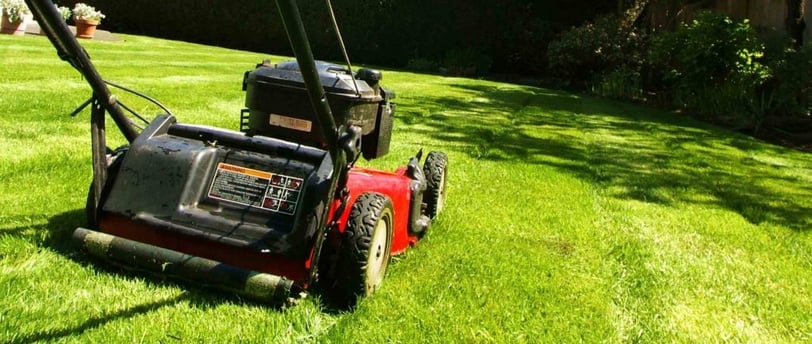CALL → (407) 272-6347 TEXT → (407) 283-1819
Lawn Care 101: Essential Tips for a Healthier, Greener Yard
Learn essential lawn care tips, including mowing techniques, fertilization schedules, and seasonal maintenance to keep your grass lush and vibrant.
1/29/20252 min read


Understanding the Basics of Lawn Care
Lawn care may seem like a simple task, but maintaining a lush and vibrant yard requires knowledge and diligence. Whether you are a new homeowner or an experienced gardener, mastering the basics of lawn care is essential for achieving a beautiful landscape. This guide will provide key tips on mowing, fertilization, and seasonal maintenance to ensure that your grass remains healthy year-round.
Effective Mowing Techniques
One of the fundamental practices in lawn care is mowing. Proper mowing not only enhances the appearance of your yard but also promotes stronger grass growth. Aim to mow your lawn regularly, ensuring you do not cut more than one-third of the grass height at a time. Adjust your mower blades to the appropriate height based on the type of grass you have. For instance, cool-season grasses tend to thrive when cut to a height of 2.5 to 4 inches, while warm-season grasses prefer a height of 1 to 3 inches. Additionally, mowing when the grass is dry will help you achieve a cleaner cut, reducing the risk of disease.
Fertilization Schedules for Optimal Growth
Fertilization is another crucial aspect of lawn care, as it provides the necessary nutrients for your grass. Establishing a fertilization schedule will ensure that your lawn receives the right nutrients at the right time. A general recommendation is to fertilize your lawn in the early spring and again in the late summer. Use a high-quality fertilizer that caters to your specific grass type and follow the application guidelines carefully to avoid over-fertilization, which can lead to burning and other issues.
Seasonal Maintenance for a Thriving Lawn
Each season presents unique challenges and opportunities for lawn care. In the spring, focus on aerating your lawn and removing any debris or dead grass. This will allow air, water, and nutrients to penetrate deeply into the soil. As summer arrives, keep an eye out for drought conditions; watering deeply and infrequently is key to developing a robust root system. During the fall months, consider overseeding your lawn to encourage thick growth and protect against winter damage. Finally, winterizing your lawn in late fall, by clearing leaves and applying a slow-release fertilizer, will ensure a healthy start for your grass as spring approaches.
By applying these essential lawn care tips, you can enjoy a healthier and greener yard that enhances the beauty of your home. Regular mowing, a good fertilization schedule, and seasonal maintenance will create an inviting outdoor space for you and your family to enjoy.
GET IN TOUCH
EMAIL:
GROW WITH US!
CALL:
HOURS:
MON-FRI 6:00AM-6:30PM
SAT 6:00AM-5:00PM
COPYRIGHT © 2025 LMB LANDSCAPE AND LAWN CUTTER LLC.


QUICK LINKS
TEXT:
